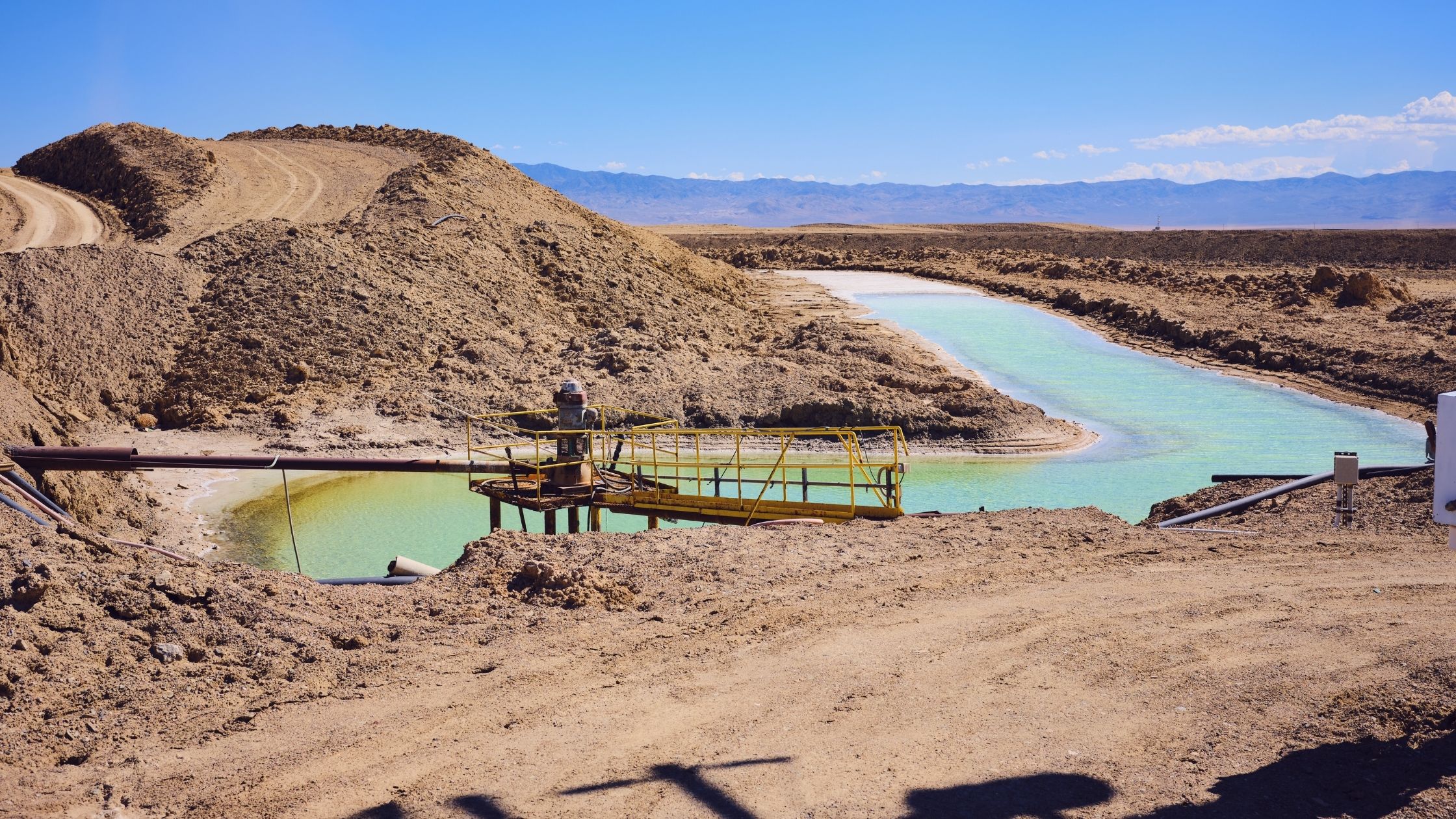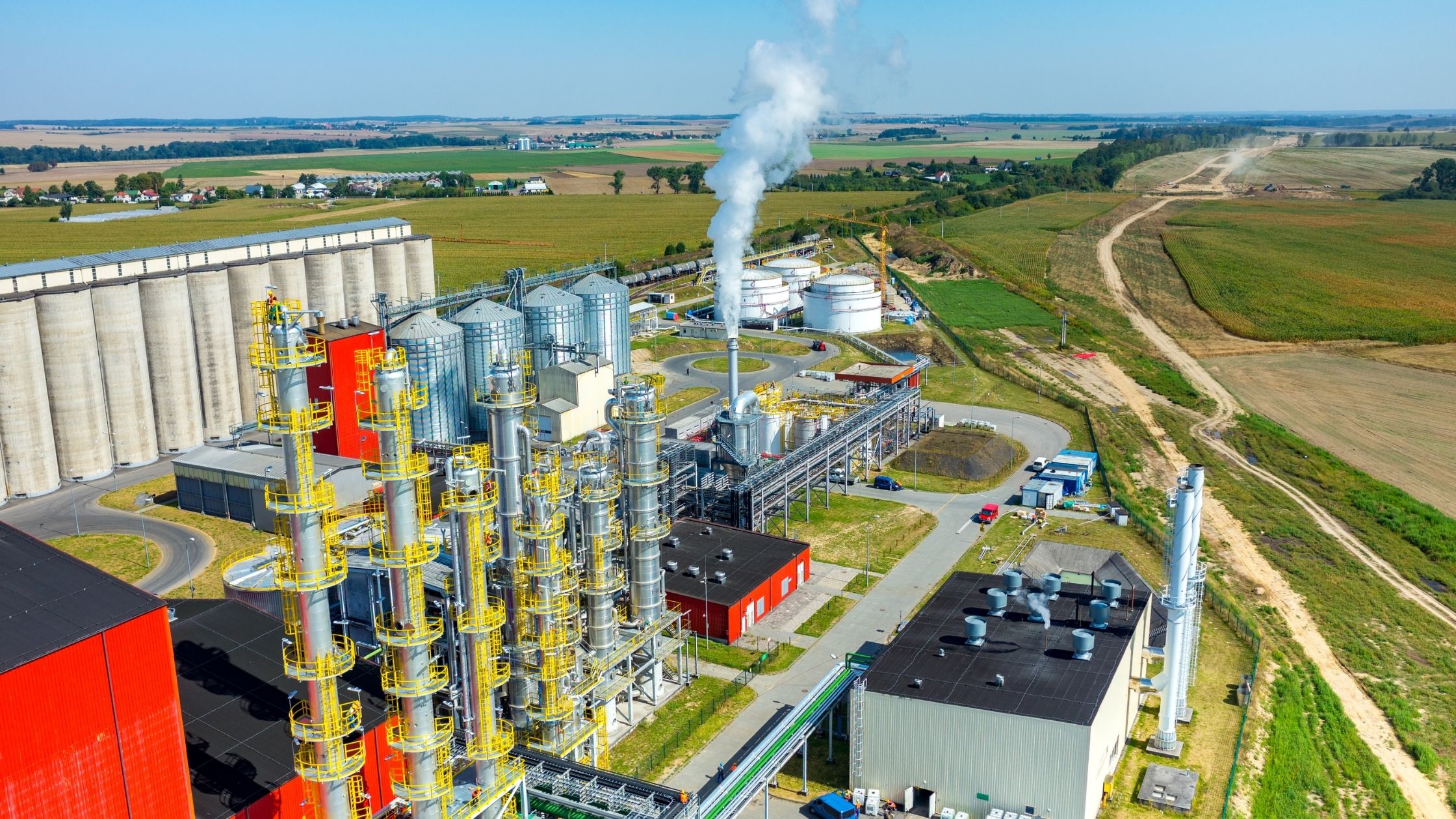
Sustainability efforts could cool the arguments surrounding data centres
What’s happening? California’s Equinix has partnered with Bloom Energy and Virtual Power Systems, among others, to test technologies supporting environmentally sustainable data centres. Equinix will conduct the trials at its first co-innovation facility near Washington DC, where modular fuel cell and high-density liquid cooling systems will be assessed in collaborations with the various partners. Some analysts criticised the absence of testing timelines and questioned Equinix’s strategy to extend testing the sustainability technologies – currently in classic data centres – to edge computing sites. (Verdict)
Why does this matter? Data centres consume 3% of the world’s electricity supply and produce roughly 2% of all the world’s greenhouse gas emissions.
Their use for the housing of Big Data, AI applications, email, file sharing and data storage makes them a crucial aspect of business operations. Their significant emissions output, however, suggests a sustainability rethink is needed.
Local opposition – Technology firms have typically sought to construct large data centres in areas with cool climates in order to reduce the energy required to regulate the temperature of these facilities. The installation of large data centres, however, can impact local communities and put a strain on natural resources – an issue that has stirred unrest in certain areas – indicating consideration for local people is also needed.
If effective and sustainable technologies can be developed to maintain data centre performance in warmer parts of the world, it could reduce the need for placing centres in cooler climates, allowing businesses to offer customers the option of having their data stored closer to home.
This could have numerous benefits for firms beyond environmental sustainability and avoiding local opposition, including having wider options for data storage in the face of tighter regulation.
Saving water – Water cooling systems are essential data centre components aimed at minimising the heat output from extensive power consumption. These systems rely heavily on water resources, however. Google, for example, uses billions of gallons to cool its centres. Water consumption is an often-cited concern of protestors opposing the opening of facilities.
ZutaCore – one of the companies involved in the aforementioned partnership – provided technology that applies high-density liquid cooling which aims to limit the pressure on natural resources such as water.
Other sustainable efforts – Bloom Energy, another member of the partnership, uses hydrogen fuel cells or biogas to generate electricity. Stacks of fuel cells create modules which in turn can be configured into microgrids. The company claims this approach protects against extreme weather disruption and power grid outages – once again potentially creating flexibility around where data centres can be located.


